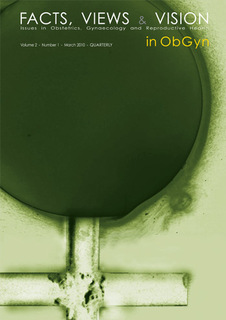Gynaecological aspects of the treatment and follow-up of transsexual men and women
Gender identity, hysterectomy, mammography, osteoporosis, prostate, sexual
behaviour, transsexualism,
vaginal diseases.
Published online: Jun 04 2009
Abstract
The role of the gynaecologist in the treatment of female-to-male transsexual patients is largely confined to hysterectomy and vaginectomy. We showed that laparoscopic hysterectomy is feasible and safe in this group. When surgery is not performed completely, follow-up of the remaining organs is necessary.
The major part of this thesis deals with the necessity and acceptability of gynaecological follow-up in male-to-female (MTF) transsexual patients. These patients function well on a physical, emotional, psychological and social level.
Sexual function was less satisfactory, especially concerning arousal, lubrication and pain.
Typical gynaecological exams proved to be feasible and well accepted. Transvaginal palpation of the prostate is of poor clinical value, in contrast to transvaginal ultrasound. Mammography was judged almost painless and 98% of transsexual women intend to return for screening. Since there is uncertainty about breast cancer risk in transsexual women, we conclude that breast screening in this population should not differ from that in biological women.
Microflora and cytology of the penile skin-lined neovagina of transsexual women were described for the first time. Vaginal lactobacilli were largely lacking. A mixed microflora of aerobe and anaerobe species, usually found on skin, in bowel or in bacterial vaginosis microflora, was encountered. No high-grade cervical lesions were found, however, one patient displayed a low-grade lesion (positive for HR-HPV with koilocytes).
Finally, low bone mass was highly prevalent in our study group. This finding appeared to be largely determined, in comparison to healthy males, by smaller bone size and a strikingly lower muscle mass.



